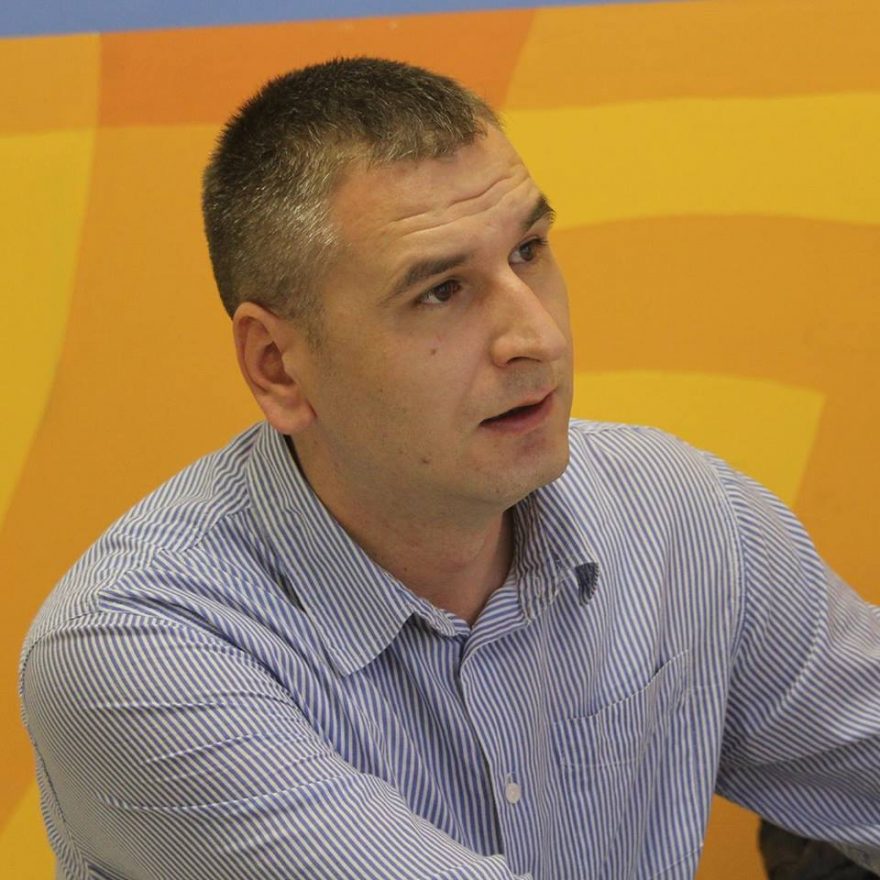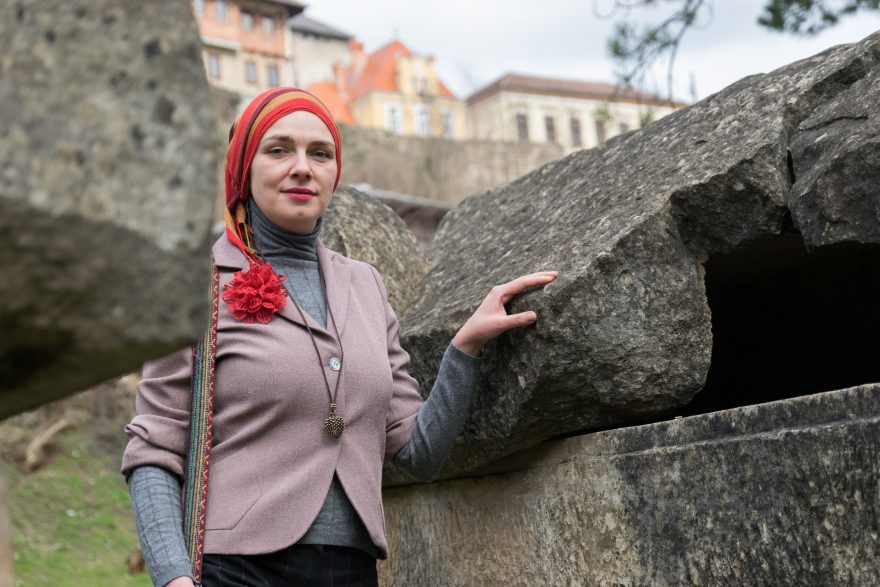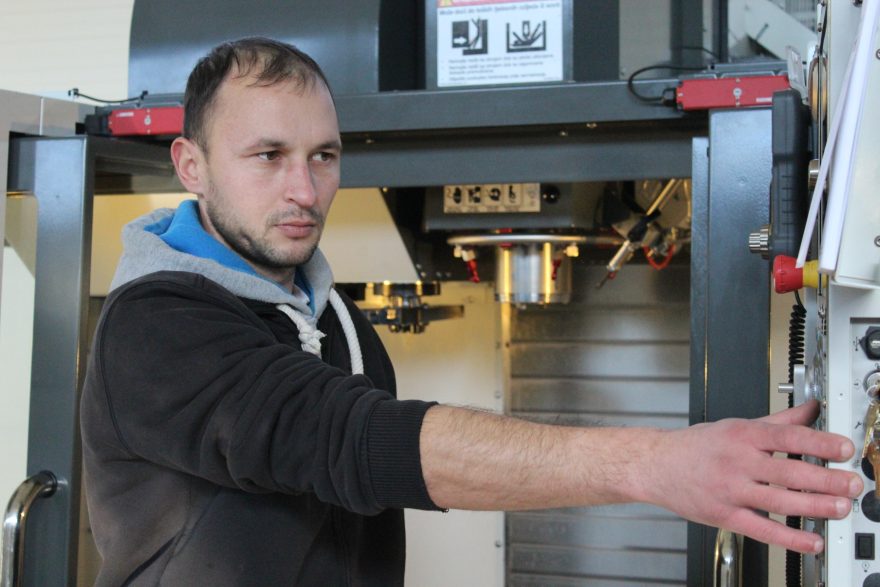“We have to move quickly and intervene. Let’s save lives first. People have lost everything, and they need to survive.”
— A humanitarian worker during the typhoons of the Philippines in 2014
“The crisis is complex. Not only refugees but also host communities need support. And this requires not just handouts, but mid- to long-term strategies for livelihoods, reconstruction and governance.”
— A development practitioner during the Syrian crisis in Jordan in 2019
These two accounts depict isolated and differing views, and real dilemmas of how to respond to complex emergencies. Both seem to have separate objectives, engage mostly different partners and adopt different approaches.
In fact, the discussion on humanitarian-development nexus isn’t new, which dates back to the 1980s and the 1990s. What’s different now is the increased frequency and intensity of human-induced crises and natural calamities. This calls for coherent and joint action towards durable results.
We believe in the rationale for strengthening the nexus: the road to recovery requires concerted or coordinated efforts and people need extended support far more than immediate, life-saving support. This interest is genuine and timely, and that the divide isn’t too wide to bridge. However, it’s important that current debates and policy discussions among donors and actors should be matched by clear commitments and actions towards coherent strategies to break the cycle of crisis and respond effectively.
We propose four entry points to do the nexus effectively. But first let’s understand the reasons for the divide and why it matters…
Understanding the reasons for the divide
We think both humanitarian response and development work are important. Yet we also realize that the gap remains an issue and the search for effective ways of bridging the divide is more important than ever. But what makes us really struggle is answering the questions: Why has it taken so long? Or why has it often proven challenging and largely ineffective?
We think at the heart of the challenge has been a lack of shared conceptual frameworks and levels at which humanitarian and development actors operate. A shift has been difficult because of a major difference in culture between the two approaches. Humanitarian responders tend to see development as a cumbersome political process that’s unresponsive to saving lives and detached from reality.
For development practitioners, humanitarian responses may save lives, but with the risk of exacerbating dependency and creating donor fatigue because of increased costs and clear strategies for durable solutions.
The lack of shared frameworks has led to different interpretations of a common goal – leaving no one behind.
We also think that the above problem is connected to funding structures. Often humanitarian responses tend to be for a period of one to two years, after which funding substantially declines or stops. Even if there’s already an intention to connect relief assistance to recovery and beyond, resources don’t allow the transition. In some cases, there’s less tolerance to risks for innovative but “unmeasurable approaches” for linking short-term and long-terms initiatives.
Of course, we aren’t ignoring the operational reasons. The nexus isn’t about a linear and one-way transition from humanitarian phase to development phase. Among others, it requires working with local and regional partners. This means understanding causes of crises as well as incentives and capacities of actors. As we discuss below, having staff who’re capable to facilitate the transition becomes critical.
All these crucial elements are either ignored or aren’t taken seriously within discussions about the nexus.
But why should we be caring more?
Syria, Myanmar, Somalia, Yemen, Afghanistan, Iraq, South Sudan, Nepal, Ethiopia…. Imagine living in these countries: they recently experienced or are currently facing either human-induced crises or natural calamities. There’s been a clear trend in the nature of the crises in these and other countries – they’re getting complex, and displacements are prolonged. It isn’t just conflicts, but also natural calamities that’ve grown in frequency and intensity. A staggering 130 million people around the world are in need of humanitarian assistance to survive.
This means that the road to recovery requires concerted or coordinated efforts and people need extended support far more than immediate, life-saving support. For better and more durable results, the efforts need to go beyond the humanitarian-development divide. For example, focusing only on humanitarian assistance – through short-term or incremental measures – tends to balloon the volume, cost and length of the support with less clear vision and strategy for addressing root causes of protracted crises.
From our experiences of living and working in some of the fragile contexts, it’s simplistic to view humanitarian emergencies as short-term events. Often, crises are the result of structural and complex socio-economic and governance issues.
It’s also the case that development progress achieved so far can be slowed, good work being quickly unraveled, or even reversed because of crises and disasters. Put differently, shocks undermine development gains and block the path out of poverty and towards sustainable development.
On the flip side, development interventions that address root causes and are rightly facilitated have the likelihood of addressing, preventing or minimizing future crises. Strengthening resilience in crisis, post-crisis and fragile contexts calls for extended and appropriately designed initiatives.
What has reinforced the urgency for better interlinkages between humanitarian and development work was the Istanbul World Humanitarian Summit (WHS) in 2016 on the “New Way of Working”. In the Summit, there was a strong consensus on bridging the divide. With the shifting nature of crises, there’s a need for new ways of funding and delivering humanitarian assistance and long-term development.
Walking the talk: from here to where?
Based on our personal experiences from fragile countries and recent visits to Lebanon and Jordan on the Syrian crisis, we believe there’re comparative advantages that can come from both humanitarian and development initiatives. Below we summarize four entry points for collective outcomes that have the potential to reduce need, risk and vulnerability over multiple years and contribute to durable solutions. The emphasis is on consolidating the complementary aspects of humanitarian-development nexus.
Better understanding of the causes of protracted crises
In practice, this means joint analysis of needs, vulnerabilities, and risks, and of capacities. A coherent response requires a shared vision based on good data and risk-informed context and vulnerability analysis.
We aren’t suggesting doing analysis while people are exposed to danger or are dying. While responding to emergencies, there’re spaces for bringing in expertise to facilitate better understanding of the causes of protracted crises. It’s possible to do this during early stage of a crisis – or, in case of slow onset events, before a crisis occurs.
Before a crisis unfolds, there’re often signs of fragility and vulnerability. Irrespective of the focus – humanitarian or development – interventions aren’t just about people in crises, but also those who are vulnerable to crises. This’s why the Sustainable Development Goals (SDGs) set out not just to meet needs, but to reduce risks and vulnerabilities.
Facilitating operational coherence
Many implementing agencies have multi-mandates and do both humanitarian assistance and development projects even though these are done in less coordinated ways with less clear strategies of linkages. Operational coherence in practice means trying mutually reinforcing initiatives that reduce humanitarian need over the long term. This constitutes, for example, sharing of information and pooling of resources, as well as coordinated planning and implementation. A good example is the ESIP project in the Philippines.
A critical aspect of operational coherence is engaging and working with existing partners – not just implementing things directly by providing handouts to target groups. It’s important in both humanitarian and development programs that interventions are “market aware” – that is, institutions, and rules or norms including political, economic and social systems of governance of the relationships.
It’s all about working with relevant authorities, humanitarian agencies, civil society organizations, and private-sector actors. This’s well documented in the Minimum Economic Recovery Standards (MERS). Another interesting example is the business case for “building back better” by MarketMakers project in Bosnia & Herzegovina during the 2014 floods.
Enhancing capacity to respond better
The above two points are easier said than done without having capable staff who are adept in and aware of working across humanitarian-development programs. One of the most important skills is consistently navigating complexity. And this’s one aspect of adaptive management.
Simply put, this means the ability to change strategies, plans and activities quickly in response to new information or signal to become more effective – with an appetite to take appropriate risks and make course-corrections. Linear, largely pre-planned initiatives are poorly suited to complex problems and contexts. For effectiveness, organizations need to invest in their staff to be “fit for protracted crises”. A major challenge is finding and keeping motivated and capable staff and shifting the culture and perspectives – for example, from the immediate “help” to recovery, building also on the resources that people bring with them – knowledge, skills and networks.
Knowing what works and what doesn’t and why
The starting point for an effective nexus is readiness to document good and not-so-good practices and embrace learning. Staying in our comfort zone isn’t an option, or in line with the age-old cliché to “think outside the box”.
In the end, what matters is improved performance of humanitarian-development initiatives that deliver long-term and large-scale results. As it stands, except for some guidelines (e.g. MERS) and activities, there’s a lack of strong evidence on successful humanitarian-development nexus examples. One practical way of filling the gap, in addition to the culture of learning, is having a right-sized and functional monitoring and evaluation system.
We hope to fill this gap with our growing experience…










